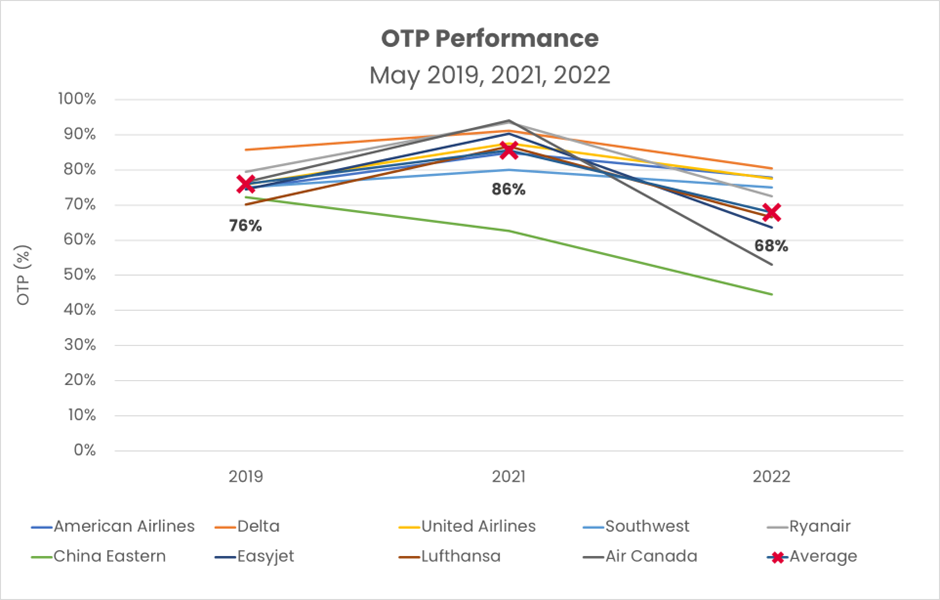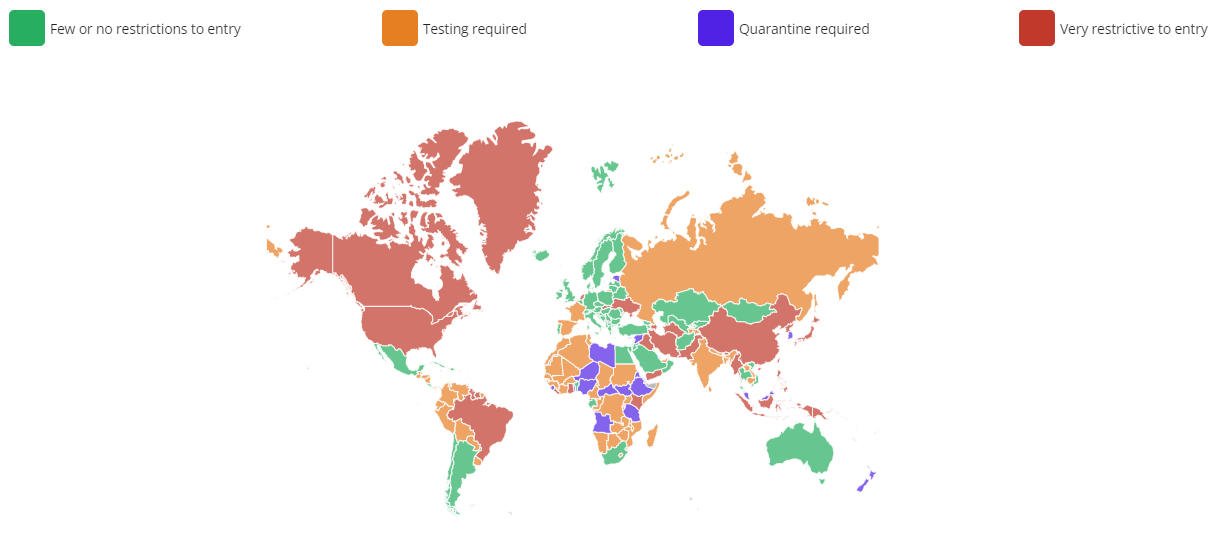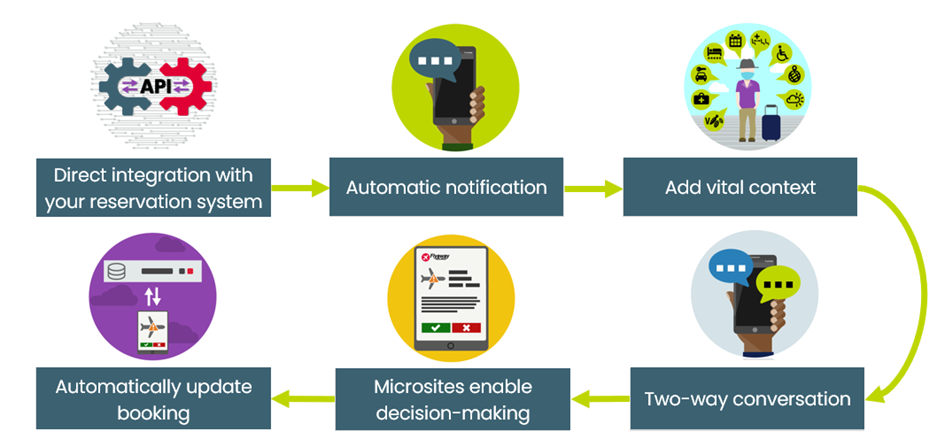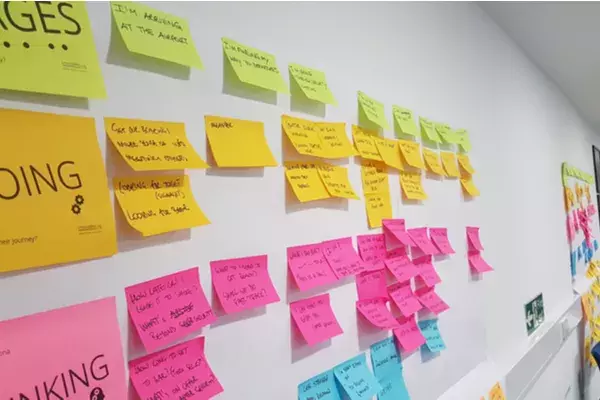28 July 2022 | Blog
Why airline disruption has become the new normal and what to do about it
28 July 2022 | Blog
Why airline disruption has become the new normal and what to do about it
Route cuts and cancellations, ongoing travel restrictions, staff shortages and bad weather are all making irregular operations (IROPS) seem anything but irregular.
Unprecedented levels of chaos for airlines and passengers
Since the start of the pandemic, the travel industry has pushed and pushed to get demand back. With things picking up as hoped, airlines are now facing the most challenges at one time that they have ever known. Staff shortages are at an all-time high, then add crew strikes, inflated fuel prices, war and logistical nightmares at airports into the equation and the operating environment is, without doubt, the worst it’s ever been.
Across the world, flight cancellations are at remarkable levels:

Airline on-time performance (OTP) is down 18% on the same time last year and -9% from 2019.

And despite what many think, most countries continue to have COVID-related entry restrictions including testing and quarantine mandates.

What can airlines do to take the stress out of irregular operations?
Despite the chaos, there are actions that airlines can take to help deal with these unprecedented levels of disruption.
Below are three key areas to focus on, which will help you and your customers stay in control, even when things don’t go as planned.
1. Focus on keeping your customer experience promises
Find out where your passengers experience the biggest issues by mapping your customer journey. This will help solve the challenges your customers and staff face whilst helping you improve your airline’s brand reputation, something we discussed in more detail during our insightful webinar on the subject of customer journey mapping.
Technology gives travel companies the ability to offer a great customer experience even when things don’t go as planned. In the middle of an IROP scenario, the customer often comes last because you’re thinking about operations only. In fact, the customer should be placed at the heart of the operation: This is what JetBlue did and their NPS increased by more than 100 points to +29.8 (read more detail about this in our case study).
2. Use your technology and humans in the right way
There is a need for both technology and humans in an airline customer’s journey. In 2012, 89% of passengers rated flight status updates on their mobiles and self-boarding as their top self-serve technologies – a decade later this is still as important as ever. Self-service technology doesn’t replace humans but gives customers control and helps them decide when and where they want human interaction. For example, during bag-drop and boarding, research shows non-tech users have a better customer experience than tech users at the same points in the journey.
3. IROPS management is better supported by technology
Many airlines have been criticised by the media this year and their brand reputations are likely to have taken a hit as a result. Ryanair and JetBlue, however, have remained above it all because they both follow one golden rule: They put the customer at the heart of everything they do. For example, JetBlue has a ‘Customer Bill of Rights,’ which ensures the airline always commits to:
- Recovering passengers before they arrive at their destination.
- Streamlining communications.
- Keeping customers informed at every stage of their journey.
- Sending proactive apologies and compensation.
Whilst Ryanair ensures best-in-class customer service with its ‘Customer Care Charter’ that includes:
- Proactively notifying customers about disruption as early as possible.
- A day of travel assistant within the Ryanair app.
- Multi-channel customer notifications to improve reach and engagement.
Using personalised, automated customer notifications to provide real-time information to staff and passengers is a simple and highly effective way of putting your passengers first whilst guaranteeing smooth internal operations.

To find out more about taking the stress out of IROPS, watch our on-demand webinar where we share best practice advice and insights on managing IROPs as business as usual.




